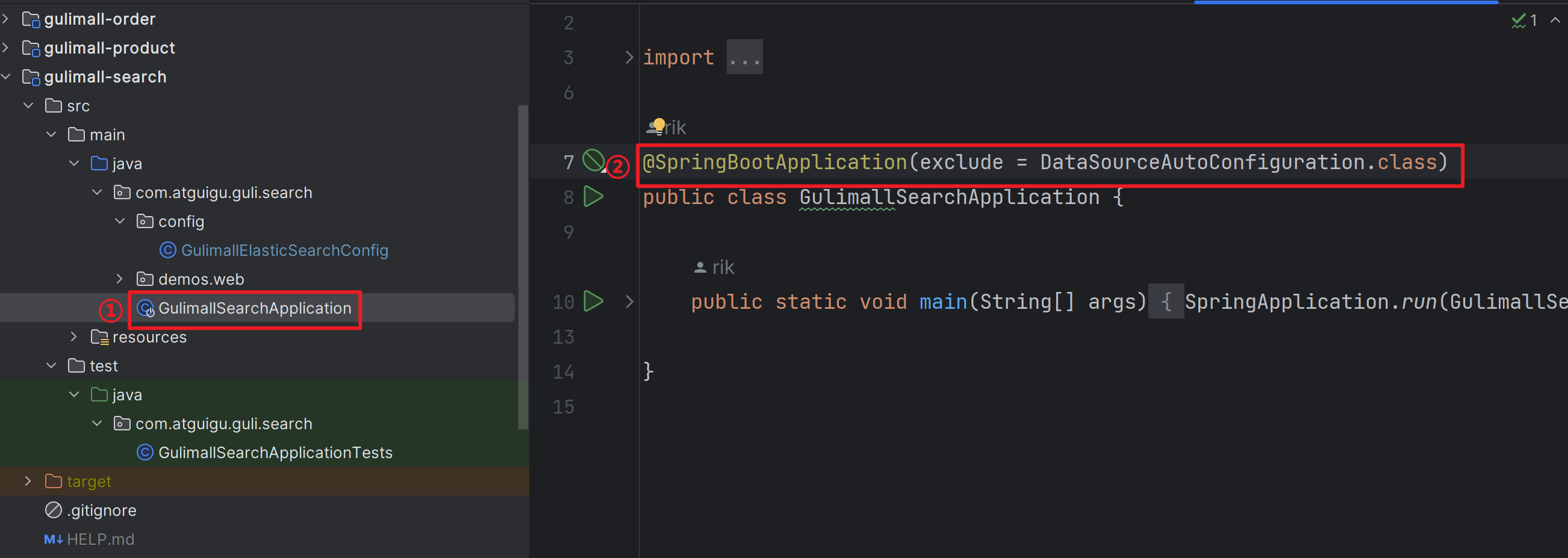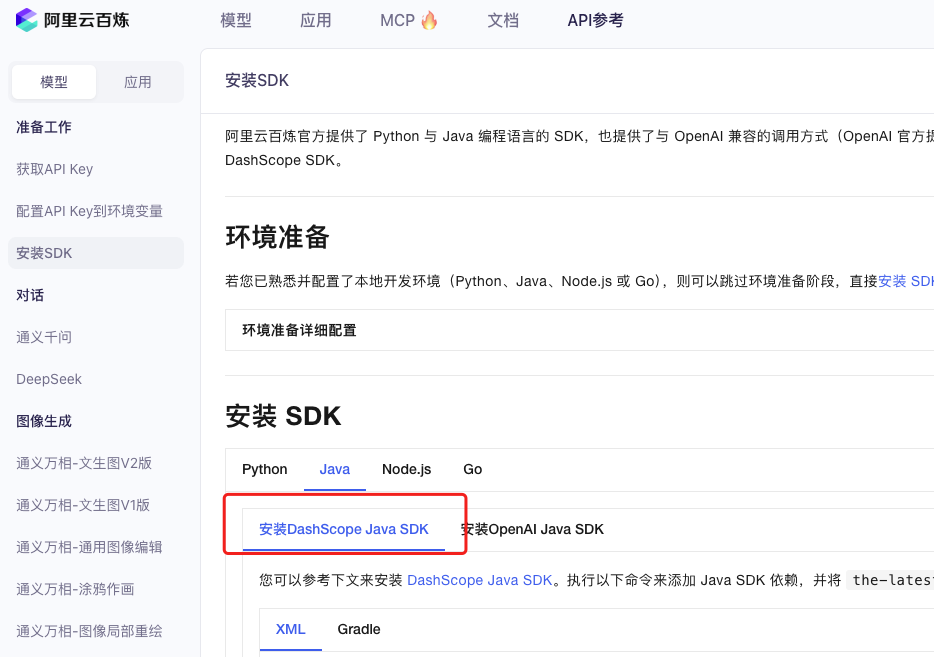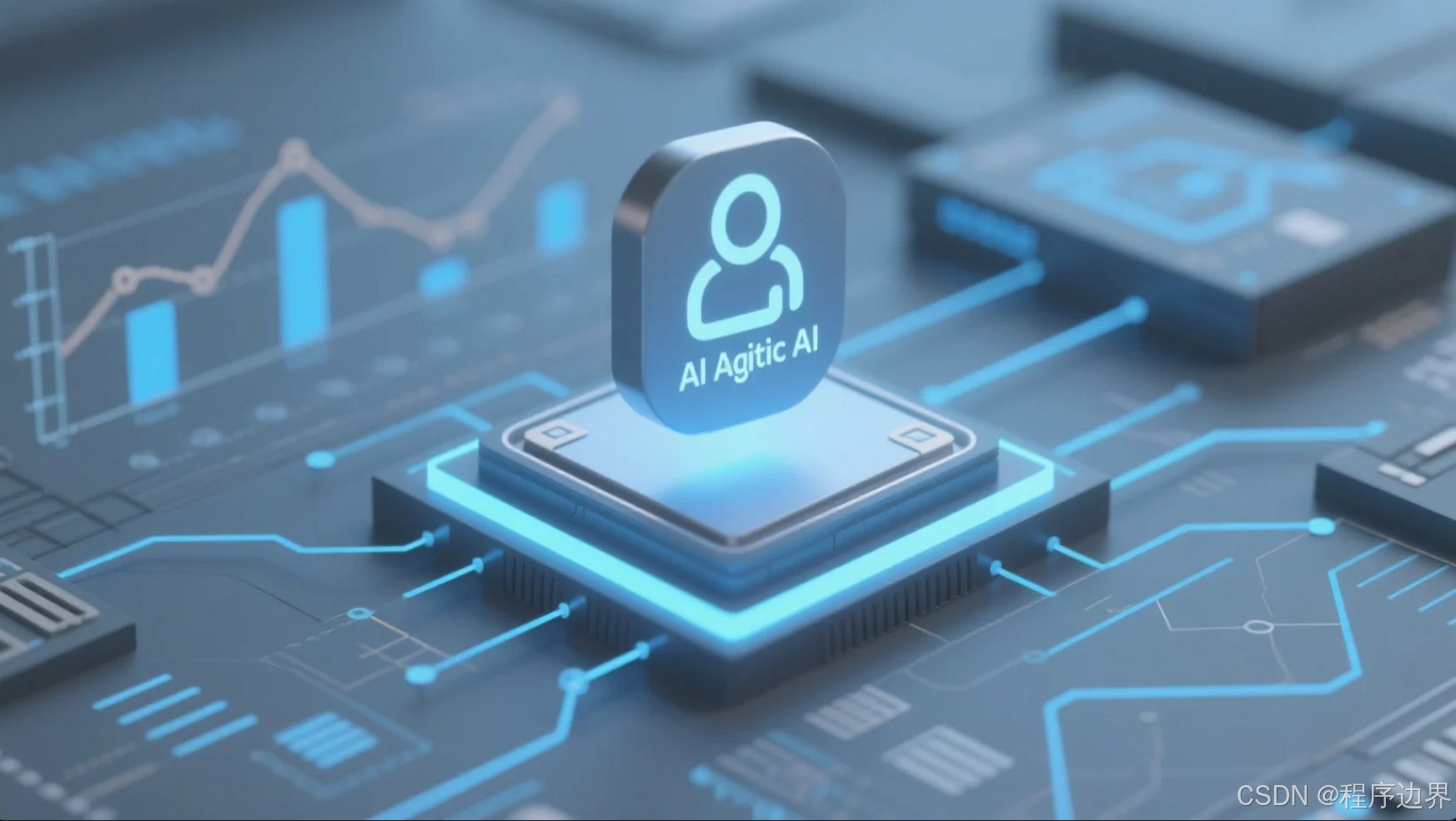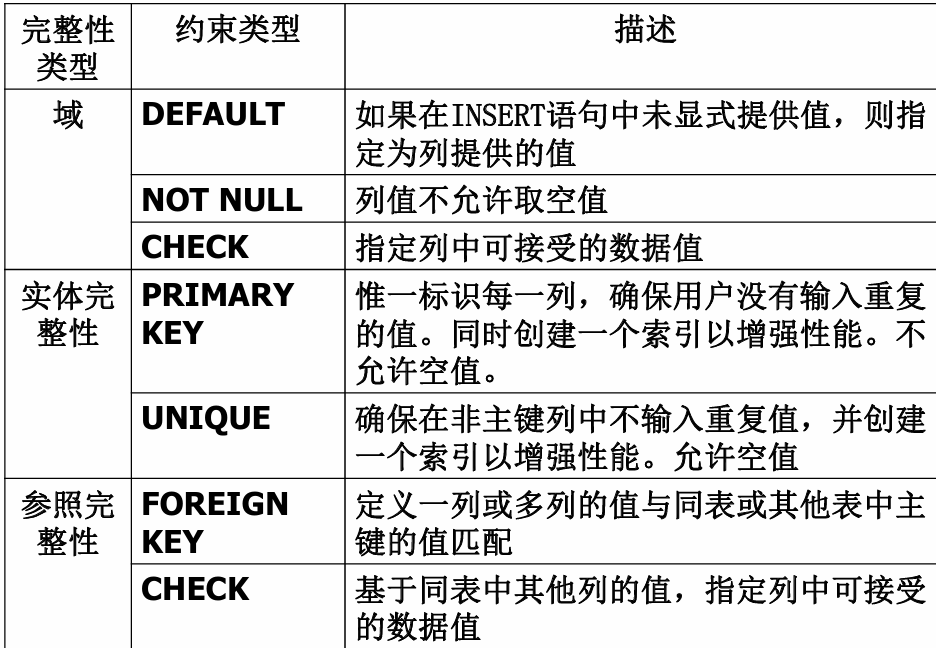Java 集合 Collection、List、Set
一. Collection 单列集合
1. Collection代表单列集合,每个元素(数据)只包含一个值

2. Collection集合特点
① List系列集合:添加的元素是有序、可重复、有索引。
ArrayList、LinekdList:有序、可重复,有索引
② Set系列集合:添加的元素是无序、不重复、无索引
HashSet:无序、不重复、无索引
LinkedHashSet:有序、不重复、无索引
TreeSet:按照大小默认升序排序、不重复、无索引
3. Collection 集合的常用方法
Collection 是所有单列集合的父类,他规定的方法是全部单列集合都会继承(包括List<E>集合 和 Set<E> 集合)
| 常用方法 | 说明 |
| boolean add(E e) | 添加元素,成功返回true |
| addAll() | 把集合的全部元素移动到另一个集合中 |
| void clear() | 清空集合中的元素 |
| boolean isEmpty() | 判断集合是否为空 是则返回true |
| int size() | 获取集合的大小 |
| boolean contains(Object o) | 判断集合是否包含某个元素 |
| boolean remove(Object o) | 删除某个元素,如果有多个默认删除第一个 |
| Object[] toArray() | 将集合转换成数组 |
public static void main(String[] args) {Collection<String> c = new ArrayList<String>();//boolean add(E e) 添加元素,成功返回true 因为可重复 所以一定会返回truec.add("卡莎");c.add("泰坦");c.add("洛");System.out.println(c);//[卡莎, 泰坦, 洛]//void clear() 清空集合中的元素c.clear();System.out.println(c);//[卡莎, 泰坦, 洛]//boolean isEmpty() 判断集合是否为空 是则返回trueSystem.out.println(c.isEmpty());//truec.add("卡莎");c.add("泰坦");c.add("洛");c.add("A");c.add("洛");System.out.println(c.isEmpty());//false//int size() 获取集合的大小System.out.println(c.size());//5//boolean contains(Object o) 判断集合是否包含某个元素System.out.println(c);//[卡莎, 泰坦, 洛, A, 洛]System.out.println(c.contains("a"));//falseSystem.out.println(c.contains("A"));//true//boolean remove(Object o) 删除某个元素,如果有多个默认删除第一个c.remove("洛");System.out.println(c);//[卡莎, 泰坦, A, 洛]//Object[] toArray() 将集合转换成数组Object[] object = c.toArray();System.out.println(Arrays.toString(object));//[卡莎, 泰坦, A, 洛]String[] strings = c.toArray(new String[c.size()]);System.out.println(Arrays.toString(strings));//[卡莎, 泰坦, A, 洛]//把集合的全部元素移动到另一个集合中Collection<String> c2 = new ArrayList<String>();c2.addAll(c);System.out.println(c2);//[卡莎, 泰坦, A, 洛]}4. Collection 集合的遍历方式
(1) 迭代器:迭代器是用来遍历集合的专用方式(数组没有迭代器),Java中最常用的迭代器是Iterator
| 方法名 | 说明 |
| Iterator<E> iterator() | 返回集合中的迭代器对象,该迭代器对象默认指向当前集合的第一个元素 |
| Boolean hasNext() | 询问当前位置是否有元素存在,存在返回true 不存在返回false |
| E next() | 获取当前位置的元素,并同时将迭代器对象指向下一个元素 |
public static void main(String[] args) {//iteratorCollection<String> c = new ArrayList();c.add("卡莎");c.add("泰坦");c.add("洛");//Iterator<E> iterator()返回集合中的迭代器对象,该迭代器对象默认指向当前集合的第一个元素Iterator<String> iterator = c.iterator();//Boolean hasNext() 询问当前位置是否有元素存在,存在返回true 不存在返回false//E next() 获取当前位置的元素,并同时将迭代器对象指向下一个元素/*System.out.println(iterator.next());//卡莎System.out.println(iterator.next());//泰坦System.out.println(iterator.next());//洛System.out.println(iterator.next());//NoSuchElementException 异常*/while (iterator.hasNext()) {String ele = iterator.next();System.out.println(ele);//卡莎 泰坦 洛}}(2) 增强for:既可以用来遍历集合,也可以用来遍历数组
格式:for(元素的数据类型 变量名 : 数组或集合){ }
本质上就是迭代器遍历集合的简化写法
public static void main(String[] args) {Collection<String> c = new ArrayList();c.add("卡莎");c.add("泰坦");c.add("洛");for (String s : c){System.out.println(s);//卡莎 泰坦 洛}String[] ss = {"飞机","奥恩"};for (String s : ss){System.out.println(s);//飞机 奥恩}
}(3) lambda表达式:JDK8 开始的Lambda表达式,提供了一种更简单、更直接的方式来遍历集合
default void forEach(Consumer<? super T> action) 结合lambda遍历集合
public static void main(String[] args) {Collection<String> c = new ArrayList();c.add("卡莎");c.add("泰坦");c.add("洛");// default void forEach(Consumer<? super T> action) 结合lambda遍历集合c.forEach(new Consumer<String>() {@Overridepublic void accept(String s) {System.out.println(s);//卡莎 泰坦 洛}});c.forEach((String s) ->{System.out.println(s);//卡莎 泰坦 洛});c.forEach((s) ->System.out.println(s)//卡莎 泰坦 洛);c.forEach(s -> System.out.println(s));//卡莎 泰坦 洛c.forEach(System.out::println);}5. List集合
(1) List集合支持索引,除了Collection的方法,多了很多与索引相关的方法。包括ArrayList集合和LinkedList集合
| 方法名称 | 说明 |
| void add(int index, E element) | 在此集合中的指定位置插入指定的元素 |
| E remove(int index) | 删除指定索引处的元素,返回被删除的元素 |
| E set(int index, E element) | 修改指定索引出的元素,返回被修改的元素 |
| E get(int index) | 返回指定索引出的元素 |
public static void main(String[] args) {List<String> list = new ArrayList<String>();list.add("卡莎");list.add("泰坦");list.add("泰坦");list.add("洛");System.out.println(list);//[卡莎, 泰坦, 泰坦, 洛]//void add(int index, E element) 在此集合中的指定位置插入指定的元素list.add(3, "霞");System.out.println(list);//[卡莎, 泰坦, 泰坦, 霞, 洛]//E remove(int index) 删除指定索引处的元素,返回被删除的元素System.out.println(list.remove(2));//泰坦System.out.println(list);//[卡莎, 泰坦, 霞, 洛]//E set(int index, E element) 修改指定索引出的元素,返回被修改的元素System.out.println(list.set(2, "伊泽"));//霞//E get(int index) 返回指定索引出的元素System.out.println(list.get(2));//伊泽
}(2) List集合的遍历方式
① for循环(因为List集合有索引)
② 迭代器
③ 增强for循环
④ Lambda表达式
public static void main(String[] args) {List<String> list = new ArrayList<String>();list.add("卡莎");list.add("泰坦");list.add("泰坦");list.add("洛");//① for循环(因为List集合有索引)for (int i = 0; i < list.size(); i++) {System.out.println(list.get(i));}//② 迭代器Iterator<String> iterator = list.iterator();while (iterator.hasNext()) {System.out.println(iterator.next());}//③ 增强for循环for (String string : list) {System.out.println(string);}//④ Lambda表达式list.forEach(System.out::println);
}6. ArrayList集合的底层原理
(1) ArrayList与LinekdList都是 有序、可重复、 有索引,但底层采用的数据结构不同,应用场景也不同。
(2) ArrayList的底层原理:基于数组实现的。利用无参构造器创建的集合,会在底层创建一个默认长度为0的数组;添加第一个元素时,底层会创建一个新的长度为10的数组;存满时,会扩容1.5倍;如果一次添加多个元素,1.5倍还放不下,则新创建数组的长度以实际为准;
① 查询速度快(根据索引查询数据快):查询数据通过地址值和索引定位,查询任意数据耗时相同
② 删除效率低:可能需要把后面很多的数据进行前移
③ 添加效率低:可能需要把后面很多的数据后移,再添加元素;或者可能需要进行数组的扩容
7. LinekdList集合的底层原理
(1) ArrayList的底层原理:基于双链表实现的;链表中的节点都是独立的对象,在内存中时不连续的,每一个节点包含数据值和下一个节点的地址。

(2) 特点:
① 查询慢,无论查询哪个数据都要从头开始找。
② 增删相对快,对首尾元素进行增删改查的速度是极快的。
(3) LinekdList新增了很多首尾操作的特有方法
| 方法名称 | 说明 |
| public void addFirst(E e) | 将指定的元素追加到列表的开头 |
| public void addLast(E e) | 将指定的元素追加到列表的末尾 |
| public E getFirst() | 返回第一个元素 |
| public E getLast() | 返回最后一个元素 |
| public E removeFirst() | 删除并返回第一个元素 |
| public E removeLast() | 删除并返回最后一个元素 |
public static void main(String[] args) {LinkedList<String> list = new LinkedList<>();list.add("卡莎");list.add("泰坦");list.add("泰坦");list.add("洛");System.out.println(list);//[卡莎, 泰坦, 泰坦, 洛]//public void addFirst(E e) 将指定的元素追加到列表的开头list.addFirst("张飞");System.out.println(list);//[张飞, 卡莎, 泰坦, 泰坦, 洛]//public void addLast(E e) 将指定的元素追加到列表的末尾list.addLast("豆芽");System.out.println(list);//[张飞, 卡莎, 泰坦, 泰坦, 洛, 豆芽]//public E getFirst() 返回第一个元素System.out.println(list.getFirst());//张飞//public E getLast() 返回最后一个元素System.out.println(list.getLast());//豆芽//public E removeFirst() 删除并返回第一个元素System.out.println(list.removeFirst());//张飞//public E removeLast() 删除并返回最后一个元素System.out.println(list.removeLast());//豆芽
}8. Set集合
(1) 特点:添加的元素是无序(添加数据的顺序和获取数据出的数据顺序不一样)、不重复、无索引
(2) Set 要用到的常用方法,基本上就是Collection提供的,自己几乎没有新增的方法
9. HashSet集合
(1) 无序、不重复、无索引
底层原理:
(2) 哈希值:就是一个int类型的数值,Java中每一个对象都有一个哈希值。都可以通过Objectl类提供的hashCode方法获取对象的哈希值。public int hashCode()
① 同一个对象多次调用hashCode()方法返回的哈希值是相同的
② 不同的对象,他们的哈希值一般不相同,但也有可能会相同(哈希碰撞)
(3) HashSet 是基于哈希表实现的。哈希表是一种增删改查数据性能都较好的数据结构。JDK8之前哈希表=数组+链表;JDK8之后:数组+链表+红黑树
(4) DK8开始,当链表的长度超过8,且数组长度>=64时,自动将链表转成红黑树
(5) 如果希望Set集合认为2个内容一样的对象是重复的,必须重写对象的hashCode()和equals()方法
public class Student {private int id;private String name;private Double[] grades;public Student() {}public Student(int id, String name, Double[] grades) {this.id = id;this.name = name;this.grades = grades;}// idea快捷键生成,类中右键选择Generate->equals() and hashCode()@Overridepublic int hashCode() {return Objects.hash(id, name, Arrays.hashCode(grades));}@Overridepublic boolean equals(Object o) {if (o == null || getClass() != o.getClass()) return false;Student student = (Student) o;return id == student.id && Objects.equals(name, student.name) && Objects.equals(grades, student.grades);}}
10. LinkedHashSet集合
(1) 有序(添加元素的顺序和获取元素的顺序一样)、不重复、无索引
底层原理:
(2) 基于哈希表(数组、链表、红黑树)实现的;但是,他的每个元素都额外多了一个双链表的机制记录它前后元素的位置(更占内存)
11. TreeSet集合
(1) 按照大小默认升序排序、不重复、无索引
底层原理:
(2) 基于红黑树实现的排序
(3) 注意:
① 对于数值类型:Integer、Double,默认按照数值大小进行排序
② 对于字符串类型:默认按照字符的编号升序排序
③ 对于自定义类型(如Student)对象,TreeSet默认是无法直接排序的
④ 自定义排序规则:TreeSet集合存储自定义类型的对象时,必须指定排序规则(有两种):
规则1:让自定义类实现Comparable接口,重写里面的CompareTo()方法
规则2:通过调用TreeSet集合有参构造器,可以设置Comparator对象(比较器对象)--public TreeSet(Comparator<? Super E> comparator)
如果规则1和规则2同时使用,默认就近原则(规则2)
//方式1. Comparable:让该类对象实现Comparable(比较规则)接口,然后重写compareTo方法,自己制定比较规则
public class Student implements Comparable<Student>{private String name;private int age;private double score;public Student() {}public Student(String name, int age, double score) {this.name = name;this.age = age;this.score = score;}public String getName() {return name;}public void setName(String name) {this.name = name;}public int getAge() {return age;}public void setAge(int age) {this.age = age;}public double getScore() {return score;}public void setScore(double score) {this.score = score;}@Overridepublic String toString() {return "Student{" +"name='" + name + '\'' +", age=" + age +", score=" + score +'}';}@Overridepublic int compareTo(Student o) {//左边对象 大于 右边对象 返回正整数//左边对象 小于 右边对象 返回负整数//左边对象 等于 右边对象 返回0//如按照成绩排序 默认升序/*if (this.score > o.score) {return 1;}else if (this.score < o.score) {return -1;}else {return 0;}*/return Double.compare(this.getScore(), o.getScore());//升序//降序的话://左边对象 大于 右边对象 返回负整数//左边对象 小于 右边对象 返回正整数//左边对象 等于 右边对象 返回0/* if (this.score > o.score) {return -1;}else if (this.score < o.score) {return 0;}else {return 0;}return Double.compare(o.getScore(), this.getScore());//降序*/}
}
public static void main(String[] args) {//HashSetSet<String> set = new HashSet();//无序 不重复 无索引set.add("1");set.add("2");set.add("3");set.add("4");set.add("1");set.add("5");set.add("2");System.out.println(set);////LinkedHashSetSet<String> set1 = new LinkedHashSet();//有序 不重复 无索引set1.add("3");set1.add("2");set1.add("1");set1.add("4");set1.add("5");System.out.println(set1);//TreeSetSet<String> set3 = new TreeSet();set3.add("3");set3.add("1");set3.add("2");set3.add("6");set3.add("5");System.out.println(set3);Set<Integer> set4 = new TreeSet();set4.add(1);set4.add(7);set4.add(5);set4.add(6);set4.add(2);set4.add(5);System.out.println(set4);//自定义对象TreeSetStudent student = new Student("卡莎", 18, 99);Student student1 = new Student("泰坦", 19, 93);Student student2 = new Student("伊泽", 16, 98);Student student3 = new Student("璐璐", 16, 98);Set<Student> set5 = new TreeSet();set5.add(student);set5.add(student1);set5.add(student2);set5.add(student3);//[Student{name='泰坦', age=19, score=93.0}, Student{name='伊泽', age=16, score=98.0}, Student{name='卡莎', age=18, score=99.0}]System.out.println(set5);//由于伊泽和璐璐 分数98相同 后一个不存了Set<Student> set6 = new TreeSet(new Comparator<Student>() {@Overridepublic int compare(Student o1, Student o2) {return o1.getAge()- o2.getAge();}});set6.add(student);set6.add(student1);set6.add(student2);set6.add(student3);//[Student{name='伊泽', age=16, score=98.0}, Student{name='卡莎', age=18, score=99.0}, Student{name='泰坦', age=19, score=93.0}]System.out.println(set6);}二. 集合的并发修改异常问题
1. 集合的并发修改异常:使用迭代器遍历集合时,又同时在删除集合中的数据,程序就会出现并发修改异常
2. 由于增强for循环遍历集合就是迭代器遍历集合的简化写法,因此,使用增强for循环遍历集合,又在同时删除集合中的数据时,程序也会出现并发修改异常
3. 解决方法:
① 如果使用迭代器遍历集合,用迭代器自己的删除方法删除数据即可
② 如果能用for循环遍历时,可以倒着遍历并删除;或者从前往后遍历,删除元素后进行i--;
public static void main(String[] args) {//集合的并发修改异常问题ArrayList<String> list = new ArrayList<String>();list.add("泰坦");list.add("卡莎");list.add("王莎");list.add("洛");list.add("伊泽");list.add("赵莎");list.add("璐璐");list.add("孙莎");System.out.println(list);//迭代器 ConcurrentModificationException异常Iterator<String> iterator = list.iterator();/*while (iterator.hasNext()) {String s = iterator.next();if (s.contains("莎")){list.remove(s);//ConcurrentModificationException}}*///解决方法iterator.remove();while (iterator.hasNext()) {String s = iterator.next();if (s.contains("莎")){iterator.remove();//删除迭代器当前遍历到的数据,每删除一个数据后,相当于i--}}System.out.println(list);ArrayList<String> list2 = new ArrayList<String>();list2.add("泰坦");list2.add("卡莎");list2.add("王莎");list2.add("洛");list2.add("伊泽");list2.add("赵莎");list2.add("璐璐");list2.add("孙莎");//for循环for (int i = 0; i < list2.size(); i++) {String s = list2.get(i);if (s.contains("莎")){list2.remove(i);}}//出现bug 没有删除完System.out.println(list2);//[泰坦, 王莎, 洛, 伊泽, 璐璐]//解决方法1 i--for (int i = 0; i < list2.size(); i++) {String s = list2.get(i);if (s.contains("莎")){list2.remove(i);i--;}}//解决方法2 倒着删for (int i = list2.size() - 1; i > 0; i--) {String s = list2.get(i);if (s.contains("莎")){list2.remove(i);}}ArrayList<String> list3 = new ArrayList<String>();list3.add("泰坦");list3.add("卡莎");list3.add("王莎");list3.add("洛");list3.add("伊泽");list3.add("赵莎");list3.add("璐璐");list3.add("孙莎");//使用正确for循环遍历集合并删除数据,没有办法解决ConcurrentModificationException异常//ConcurrentModificationException异常for (String s : list3) {if (s.contains("莎")){list3.remove(s);}}//使用正确forEach循环遍历集合并删除数据 没有办法解决ConcurrentModificationException异常//ConcurrentModificationException异常list.forEach(name -> {if (name.contains("莎")){list3.remove(name);}});}相关文章:

Java 集合 Collection、List、Set
一. Collection 单列集合 1. Collection代表单列集合,每个元素(数据)只包含一个值 2. Collection集合特点 ① List系列集合:添加的元素是有序、可重复、有索引。 ArrayList、LinekdList:有序、可重复,有索引 ② Set系列集合&…...

报错:nginx [emerg] open() etcnginxnginx.conf failed (2 No such file or directory)
报错:nginx: [emerg] open() “/etc/nginx/nginx.conf” failed (2: No such file or directory) 背景:在创建nginx容器时,想把宿主机上的某一目录挂载到容器的/etc/nginx路径,报错"/etc/nginx/nginx.conf" failed (2:…...

基于AI的运维资源调度:效率与智能的双重提升
在现代运维场景中,随着系统复杂性和服务规模的不断增长,传统的资源调度方式已无法满足高效、动态和精准的需求。AI技术的引入为资源调度带来了新的解决方案,通过智能算法和数据驱动,实现了资源分配的自动化与优化。本文将详细探讨…...

自动化办公 | 根据成绩进行自动评级
今天我们将介绍一个常见的自动化办公需求:根据成绩自动评级。通过这篇文章,我们将介绍如何利用Python进行自动化办公,将表格中的成绩根据预定的规则进行评级,并生成一个新的带评级信息的表格。 需求背景 我们有一个表格…...

纯血鸿蒙ArkUI线性布局详解
线性布局说明 线性布局(LinearLayout)是开发中最常用的布局,通过线性容器Row和Column构建。线性布局是其他布局的基础,其子元素在线性方向上(水平方向和垂直方向)依次排列。线性布局的排列方向由所选容器组…...

小程序组件 —— 22 组件案例 - 轮播区域绘制
这一节我们实现轮播图最外层的盒子,也就是把轮播图的最外层搭好,先不给轮播图添加图片,因为图片属于新的组件,组件里面有一些知识点,需要单独分开讲; 回顾一下,在进行传统网页开发时࿰…...

如何判断一个学术论文是否具有真正的科研价值?ChatGPT如何提供帮助?
目录 1.创新性与学术贡献的超级加分✔ 2.科研过程中的各个环节—从0到1✔ 3.创新性与理论深度的完美结合✔ 4.论证与写作的清晰性✔ 5.数据整理和文献回顾——效率与精准并存✔ 6.创新性要求辅助✔ 总结 宝子们,学术论文写作的旅程是不是感觉像是走进了迷雾森…...

【置顶】测试学习笔记整理
一、测试开发体系介绍 1.软件测试概念 (1)【理论】软件测试基础概念:软件测试概念、作用、原则、对象,软件缺陷、测试用例 (2)【理论】软件开发流程扫盲:敏捷开发(XP、SCRUM&#…...

新浪微博Java开发面试题及参考答案
怎么判断两个链表是否相交?怎么优化? 判断两个链表是否相交可以采用多种方法。 一种方法是使用双指针。首先分别遍历两个链表,得到两个链表的长度。然后让长链表的指针先走两个链表长度差的步数。之后,同时移动两个链表的指针,每次比较两个指针是否指向相同的节点。如果指…...

【SQL Server】教材数据库(1)
1 利用sql建立教材数据库,并定义以下基本表: 学生(学号,年龄,性别,系名) 教材(编号,书名,出版社编号,价格) 订购(学号…...

Windows系统下载、部署Node.js与npm环境的方法
本文介绍在Windows电脑中,下载、安装并配置Node.js环境与npm包管理工具的方法。 Node.js是一个基于Chrome V8引擎的JavaScript运行时环境,其允许开发者使用JavaScript编写命令行工具和服务器端脚本。而npm(Node Package Manager)则…...

SQL 总结
SQL 总结 引言 SQL(Structured Query Language,结构化查询语言)是一种用于管理关系数据库管理系统(RDBMS)的标准编程语言。自1974年首次提出以来,SQL已成为数据库领域中不可或缺的一部分。它允许用户执行各种操作,如查询、更新、插入和删除数据库中的数据。本文旨在提…...

设计一个基于Spring Boot开发的电商网站,部署在阿里云上
系统架构设计,包含网络、部署架构等关键信息,要保证系统的高可用。设计中请明确指出使用的产品名称。 为了设计一个基于Spring Boot开发的电商网站系统架构,并确保其高可用性,以下是一个详细的系统架构设计方案,包含网…...

Java jni调用nnom rnn-denoise 降噪
介绍:https://github.com/majianjia/nnom/blob/master/examples/rnn-denoise/README_CN.md 默认提供了一个wav的例子 #include <stdint.h> #include <stdlib.h> #include <stdio.h> #include <math.h> #include <string.h>#include …...

C++软件设计模式之状态模式
在C设计模式中,状态模式(State Pattern)是一种行为设计模式,它允许对象在内部状态改变时改变其行为,使对象看起来似乎修改了其类。状态模式的主要动机、意图和适用场合如下: 动机 在面向对象的设计中&…...

Microsoft Visual Studio中的/MT, /MTd,/MD,/MDd分别是什么意思?
1. /MT,/MTd,/MD,/MDd的含义 /MT,/MTd,/MD,/MDd是 Microsoft Visual C 编译器的运行时库链接选项。它们决定了程序如何链接 C 运行时库(CRT)。具体含义如下: /MT&#x…...

谷粒商城项目125-spring整合high-level-client
新年快乐! 致2025年还在努力学习的你! 你已经很努力了,今晚就让自己好好休息一晚吧! 在后端中选用哪种elasticsearch客户端? elasticsearch可以通过9200或者9300端口进行操作 1)9300:TCP spring-data-elasticsearch:transport-…...

日期时间选择(设置禁用状态)
目录 1.element文档需要 2.禁用所有过去的时间 3.设置指定日期的禁用时间 <template><div class"block"><span class"demonstration">起始日期时刻为 12:00:00</span><el-date-pickerv-model"value1"type"dat…...

基于SpringBoot的题库管理系统的设计与实现(源码+SQL+LW+部署讲解)
文章目录 摘 要1. 第1章 选题背景及研究意义1.1 选题背景1.2 研究意义1.3 论文结构安排 2. 第2章 相关开发技术2.1 前端技术2.2 后端技术2.3 数据库技术 3. 第3章 可行性及需求分析3.1 可行性分析3.2 系统需求分析 4. 第4章 系统概要设计4.1 系统功能模块设计4.2 数据库设计 5.…...
)
钉钉h5微应用安卓报错error29 ios报错error3 加上报错52013,签名校验失败 (前端)
这两个都是应为 免登报错52013,签名校验失败 用户后端签名使用的url地址和前端访问地址需要严格一致,包括端口号。前端部分可以用alert显示出当前的location.href,后端部分请在签名的时候打印日志。 访问通过反向代理服务器、各种NAT等场景下…...

业务系统对接大模型的基础方案:架构设计与关键步骤
业务系统对接大模型:架构设计与关键步骤 在当今数字化转型的浪潮中,大语言模型(LLM)已成为企业提升业务效率和创新能力的关键技术之一。将大模型集成到业务系统中,不仅可以优化用户体验,还能为业务决策提供…...

AI Agent与Agentic AI:原理、应用、挑战与未来展望
文章目录 一、引言二、AI Agent与Agentic AI的兴起2.1 技术契机与生态成熟2.2 Agent的定义与特征2.3 Agent的发展历程 三、AI Agent的核心技术栈解密3.1 感知模块代码示例:使用Python和OpenCV进行图像识别 3.2 认知与决策模块代码示例:使用OpenAI GPT-3进…...
)
IGP(Interior Gateway Protocol,内部网关协议)
IGP(Interior Gateway Protocol,内部网关协议) 是一种用于在一个自治系统(AS)内部传递路由信息的路由协议,主要用于在一个组织或机构的内部网络中决定数据包的最佳路径。与用于自治系统之间通信的 EGP&…...

全志A40i android7.1 调试信息打印串口由uart0改为uart3
一,概述 1. 目的 将调试信息打印串口由uart0改为uart3。 2. 版本信息 Uboot版本:2014.07; Kernel版本:Linux-3.10; 二,Uboot 1. sys_config.fex改动 使能uart3(TX:PH00 RX:PH01),并让boo…...

【数据分析】R版IntelliGenes用于生物标志物发现的可解释机器学习
禁止商业或二改转载,仅供自学使用,侵权必究,如需截取部分内容请后台联系作者! 文章目录 介绍流程步骤1. 输入数据2. 特征选择3. 模型训练4. I-Genes 评分计算5. 输出结果 IntelliGenesR 安装包1. 特征选择2. 模型训练和评估3. I-Genes 评分计…...

七、数据库的完整性
七、数据库的完整性 主要内容 7.1 数据库的完整性概述 7.2 实体完整性 7.3 参照完整性 7.4 用户定义的完整性 7.5 触发器 7.6 SQL Server中数据库完整性的实现 7.7 小结 7.1 数据库的完整性概述 数据库完整性的含义 正确性 指数据的合法性 有效性 指数据是否属于所定…...

GruntJS-前端自动化任务运行器从入门到实战
Grunt 完全指南:从入门到实战 一、Grunt 是什么? Grunt是一个基于 Node.js 的前端自动化任务运行器,主要用于自动化执行项目开发中重复性高的任务,例如文件压缩、代码编译、语法检查、单元测试、文件合并等。通过配置简洁的任务…...

Ubuntu Cursor升级成v1.0
0. 当前版本低 使用当前 Cursor v0.50时 GitHub Copilot Chat 打不开,快捷键也不好用,当看到 Cursor 升级后,还是蛮高兴的 1. 下载 Cursor 下载地址:https://www.cursor.com/cn/downloads 点击下载 Linux (x64) ,…...

永磁同步电机无速度算法--基于卡尔曼滤波器的滑模观测器
一、原理介绍 传统滑模观测器采用如下结构: 传统SMO中LPF会带来相位延迟和幅值衰减,并且需要额外的相位补偿。 采用扩展卡尔曼滤波器代替常用低通滤波器(LPF),可以去除高次谐波,并且不用相位补偿就可以获得一个误差较小的转子位…...

【Linux手册】探秘系统世界:从用户交互到硬件底层的全链路工作之旅
目录 前言 操作系统与驱动程序 是什么,为什么 怎么做 system call 用户操作接口 总结 前言 日常生活中,我们在使用电子设备时,我们所输入执行的每一条指令最终大多都会作用到硬件上,比如下载一款软件最终会下载到硬盘上&am…...
